How children’s books are exploring new themes
By being selective in what they write and publish, and what they don’t, authors and publishers play a major role in moulding and sculpting the new generation. Therefore, it becomes important to understand what’s happening the in the process of content creation, says Dr Monica Khanna. She spoke during ‘Children's Literature: A Curious Case’ a symposium organised by Goethe-Institut/ Max Mueller Bhavan Mumbai, in co-operation with the SHPT School of Library and Information Science at SNDT Women's U
15 Mar 2018 | By PrintWeek India
Coming to children’s literature in India, it has a rich tradition, from times of Panchatantra, Jataka Tales, Hitopadesa to Ramayana and Mahabharata. And until recently, we have noticed a trend of retelling the same stories over and over again, instead of experimenting with new ideas. One of the famous examples is the comic books published by Amar Chitra Katha, which popularised stories from Indian mythology.
While until Independence, Indian children’s literature in English as a separate genre was negligible, even after Independence, most Indian children grew up reading about western stories, like those of Nancy Drew and Hardy Boys.
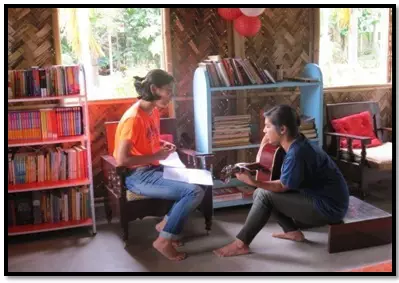
The first children’s book in English published in India was perhaps Chota Henry by Mrs Sherwood, published in 1814. The Children’s Book Trust, the government agency to promote children’s literature was established in 1957. Since then, especially in the recent years, we have seen numerous publishing houses focused exclusively in publishing children’s content.
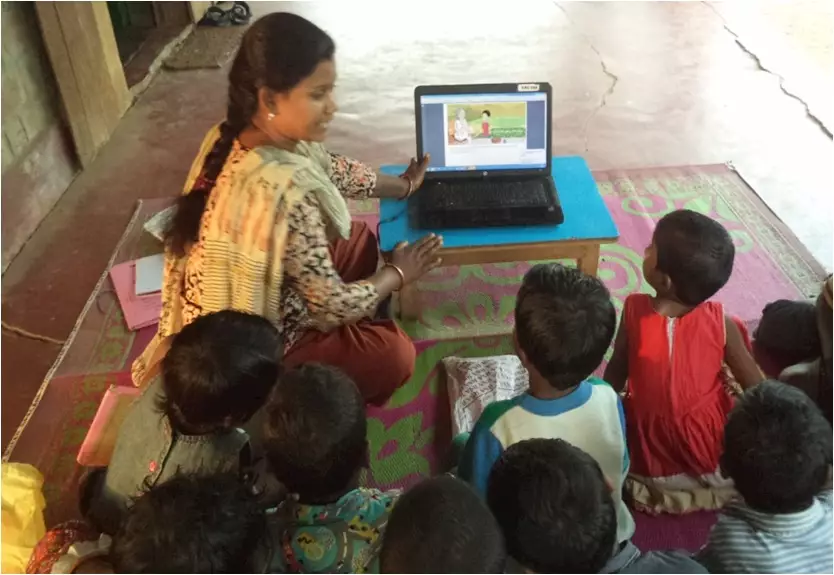
Talking about books for young readers (5-10 years), we have seen a major change in attitudes in the books published in the last two decades. Earlier, most of these stories would be mythological or animal fables. The stories would be didactic and moral, with overt and direct messages and with an attempt to inculcate values of honesty, hard work, loyalty and righteousness. Comparatively, contemporary literature for children showcases experimentation with contemporary themes. It attempts at creating a world that is fantastic and yet closer to reality. We have also seen an advent of publishers focusing on children’s books and a conscious movement to inculcate reading habits.
The following are some of the books that highlight the trend.
The Girl Who Chose by Devdutt Pattanaik
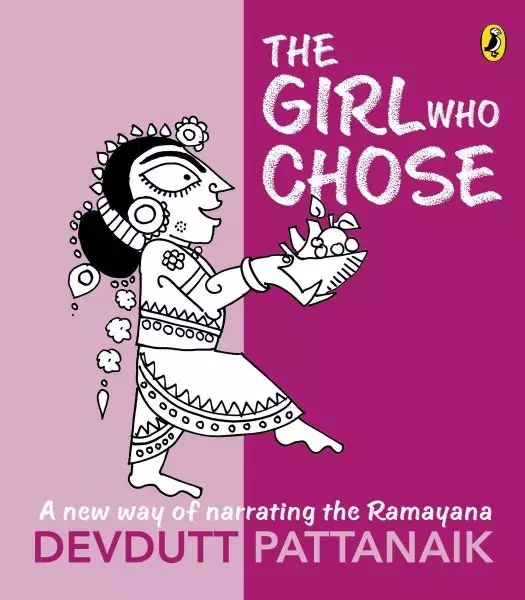
In this retelling of Ramayana, Sita is not a passive wife who accepts decisions imposed upon her. She is an empowered woman who takes her own decisions. The book attempts to focus on wisdom and understanding without being didactic, where learning takes place through the experiences of the characters.
Why are You Afraid to Hold My Hand by Sheila Dhir
Published by Tulika Books in 1999, the book is about attitude of people to children with disabilities, where a child suffering from cerebral palsy has a dialogue with society. People say hurtful things intentionally and unintentionally without realising that like other children, this child too, wants to be accepted and included in fun and games. The book reads: “Yes I have a problem/ No, it will not go away. / Take me for who I am: a child/ Who simply wants to play.”
The book delves into the psyche of the disabled child and suggests the need for acceptance and inclusion for assimilating similarities with sensitivity and understanding, instead of highlighting the differences.
The Mouse with Seven Tails by Bapsi Sidhwa
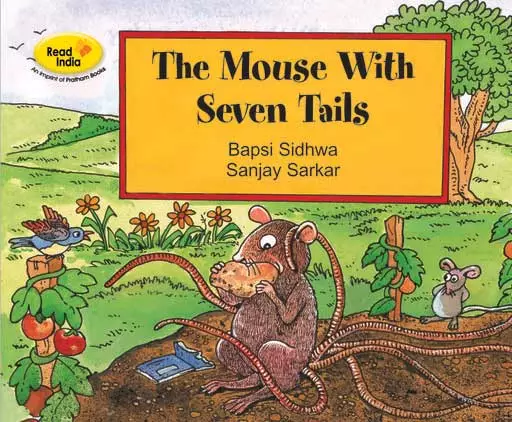
Published by Pratham Books in 2000, the book explores the themes of acceptance and peer pressure. This is a story about a mouse with seven tails, who is contented and pleased with the special gift of seven wishes she receives from her grandmother on her fifth birthday. She is excited to show this in her school. Soon, her enthusiasm wanes she is teased by her classmates: “Little Mouse with seven tails. What a funny little mouse you are!” The mouse then uses her wishes one by one despite her mother’s pleas until she has no tail left. How, she is still being teased, this is as s ‘Little Mouse with no tail.’ The mouse finally learns her lesson: ‘Don’t try to change yourself just to please other people. You must decide what is best for you and makes you happy.’
My Nose is Ugly by Bina Kapoor

Published by Vishv Books in 2013, part of the ‘I am Unique’ series, the book deals with themes of self-acceptance, self-image and self-esteem. The stories are woven around different animal characters who are ashamed of or uncomfortable with various inherent traits. At the end, they discover that the very ‘difference’ is a unique feature that distinguishes them from the rest. This ‘difference’ becomes a source of empowerment.
Brown like Dosas, Samosas and Sticky Chikki by Rebecca Manari
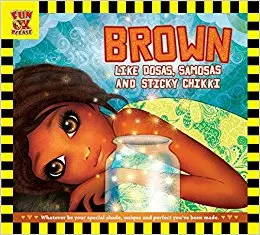
Published by Fun OK Please in 2014, the book focuses on the notions of conformity and identity in the context of India’s obsession with fair complexion. In the story, Samaira finds a blue and white jar of ‘jewels filled with light’. She then meets a purple lady called Anahi who promises to turn her into a shade of white in exchange for the jar of light. But Samaira is confident under her own skin. She says, “I like my coffee brown cheeks, my lady. And I love my arms of chocolate brown.”
Ma, Can I Help? By Girija Rani Asthana
Published by Vishv Books in 2013, the book is a deliberate attempt to break gender role stereotypes and challenges traditional division of labour where a father is perceived as the breadwinner and a mother is delegated the household domain. The story is about Gagan and Geeta, whose mother is a doctor and who has invited guests home. The children are excited to help their mother in the kitchen. Then, half-way through, the mother receives a call from the hospital and has to rush for an emergency. The children decide to finish the work before Ma gets home and surprise her.
Samaira’s Awful Lunch by Bharati Jagannathan
Published by Pratham Books in 2009, the book is about valuing and appreciating food. It is relevant because children are known to be fussy eaters with strong preferences. In the story, Samaira always complains about the lunch her mother packs for her. In the school courtyard, she meets various creatures who ask her why she isn’t having her lunch like the other kids. She complains about the inedible lunch she has, and the creatures sympathise with her, and offer her their own food. While the ants offer her the wing of a cockroach, the butterflies offer her nectar, the crows offer her a half-eaten mouse and the sparrows give her soft juicy worms. She realises that her own food is better in comparison, and gratefully gobbles her paranthas and brinjal curry.
The Missing Suitcase by Monica Khanna Jhalani
Published by Omji Publications in 2016, the book tackles the theme of materialism versus relationships. Eight-year-old Manya is excited about the gifts she is going to get when her aunt visits from Dubai. When her aunt arrives, they realise that the suitcase containing gifts has been left behind. The first reaction is that of disappointment. Her mother consoles her and explains that is important to make their guests feel special. The bag is finally found, but Manya was no longer looking forward to the gifts. She was excited about the time she would spend with all of them, the places she would take them to, and the fun they would all have together.


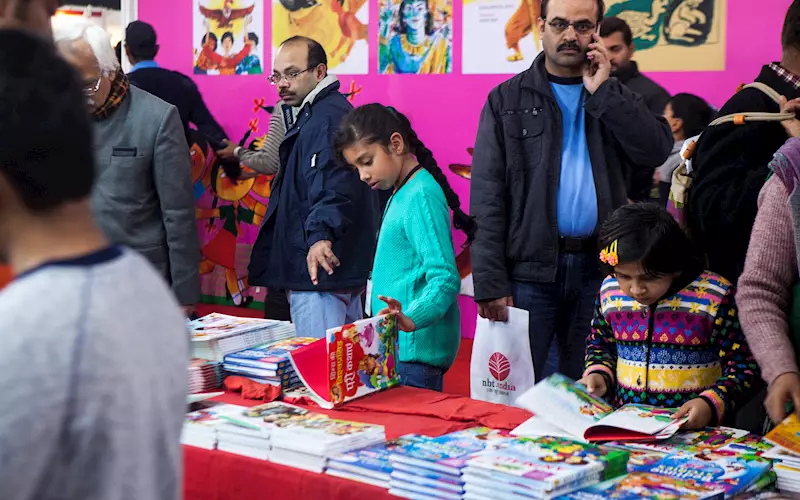








 See All
See All